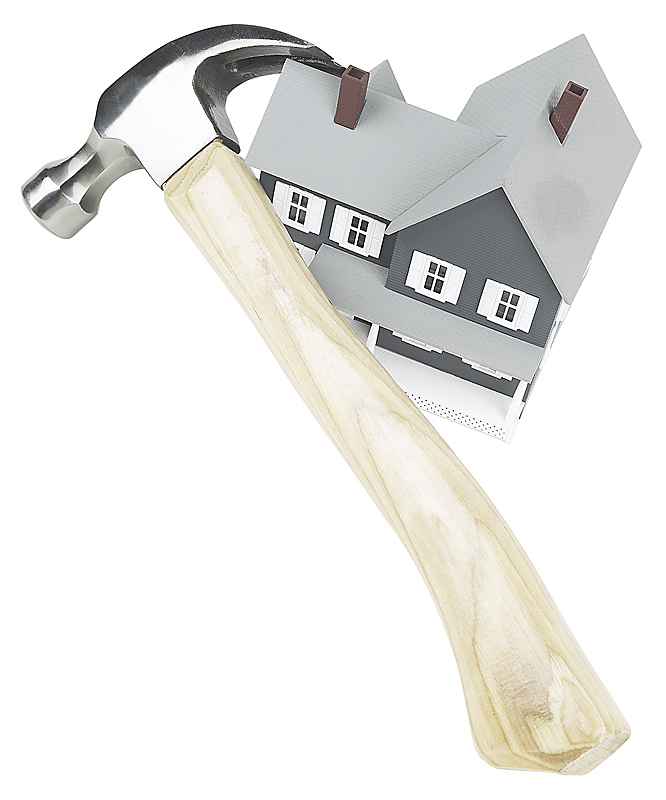Proper ventilation can — literally — be the difference between life and death
By John D’Annunzio, columnist, UnionvilleTimes.com
 Seated at my desk one day at the township building, I could not help but to overhear a conversation between the township secretary and a resident. What I heard was troubling. The resident told the secretary that her daughter was having heath problems after she moved into her basement after a divorce. As the conversation went on she described the symptoms: her daughter was suffering from headaches, nausea, and vomiting.
Seated at my desk one day at the township building, I could not help but to overhear a conversation between the township secretary and a resident. What I heard was troubling. The resident told the secretary that her daughter was having heath problems after she moved into her basement after a divorce. As the conversation went on she described the symptoms: her daughter was suffering from headaches, nausea, and vomiting.
So I politely introduced myself and asked to see the basement she was occupying. I arrived at the residence and went down to the basement, and what I observed was this: a heating system, hot water heater, fire place, and a bathroom with a ventilating fan. Both appliances were oil fired and the basement had no means for combustion or ventilation air. All of these systems and the daughter living in that space were competing for—you guessed it—OXYGEN.
This individual was suffering from oxygen depletion, or in other words, carbon monoxide poisoning. The only way to immediately help was to provide combustion and ventilation air to the appliance space as per code specifications and manufacturers installation instructions.
Here is what most, if not all instruction manuals, as well as the International Mechanical Code (IMC) state:
All fuel burning appliances need 50 cubic feet of combustion air per 1000 BTU (British Thermal Units) of input rating on appliances. For example a furnace has 100.000 BTU/H – water heater 40,000 BTU/H space heater 20,000 BTU/H. So the total input rating is 160,000 BTU/H. So 50 Cubic Ft. x 160,000 is 8,000 Ft. Now you need to find the volume of the room. Simply measure the length x the width and the height. Example 30 ft x 50 ft x 8 ft is 12,000 cubic ft. If the amount of the room is more than the input rating then you are safe.
Another thing to consider is venting.
What is venting? A vent is a pipe or conduit made of manufactured components designed to convey combustion exhaust out of the living space. It’s like the exhaust pipe for your car. According to code, vents are distinguished from chimneys and usually are constructed of factory-made, listed and labeled components intended to function as a system.
Type B and BW vents are constructed of galvanized steel and aluminum sheet metal and are double wall and air insulated. Such vents are designed to vent gas. Appliances and equipment that are equipped with draft hoods or are specifically listed and labeled for use with type B or BW vents are ideal. Again, the IMC and the manufacturer’s installation guides mention detail what size material (length, height, etc.) to use
Back to the issue of the woman and her daughter; the appliance area was closed off a partition and the door was weather stripped. A forced air combustion fan was then added on the foundation wall where the grade permitted it and the hot water heater and the house heater were interlocked to the fan. In her new divided space we added two windows and screens with window wells to take care of the air consumption of the fireplace and occupation ventilation. Shortly thereafter the woman’s daughter was relieved of her symptoms.
But the troubling issue was the original, improper installation of the units. Instructions were still attached to both units and whoever installed them didn’t bother to read them. The space involved was considered a confined space because the volume of air was not sufficient to begin with.
Sometimes, when in a hurry, we forget to take a look at the installation instructions. But it is important to remember that following the proper procedures could ultimately save your life.
John D’Annunzio is a local Commercial and Residential builder who has held nearly every job in the construction industry from heavy equipment operator to home builder. He is ICC building code certified and lives and operates in Chester County, PA. His column will appear weekly and address various home improvement and building issues with special attention to subjects of interest locally.
Contact John at johnd3656@verizon.net






